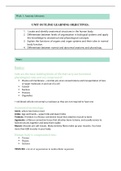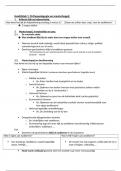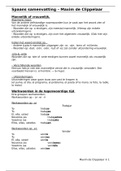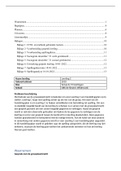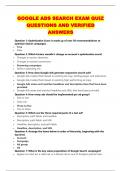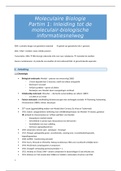Class notes
anatomy and physiology notes
- Course
- Institution
- Book
These notes give you a detailed insight into anatomy and physiology. This includes an in-depth description of the 12 systems; integumentary System, Skeletal System, Muscular System, Nervous System, Endocrine System, Cardiovascular System, Lymphatic System, Respiratory System, Digestive System, Urin...
[Show more]
